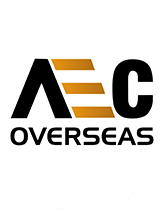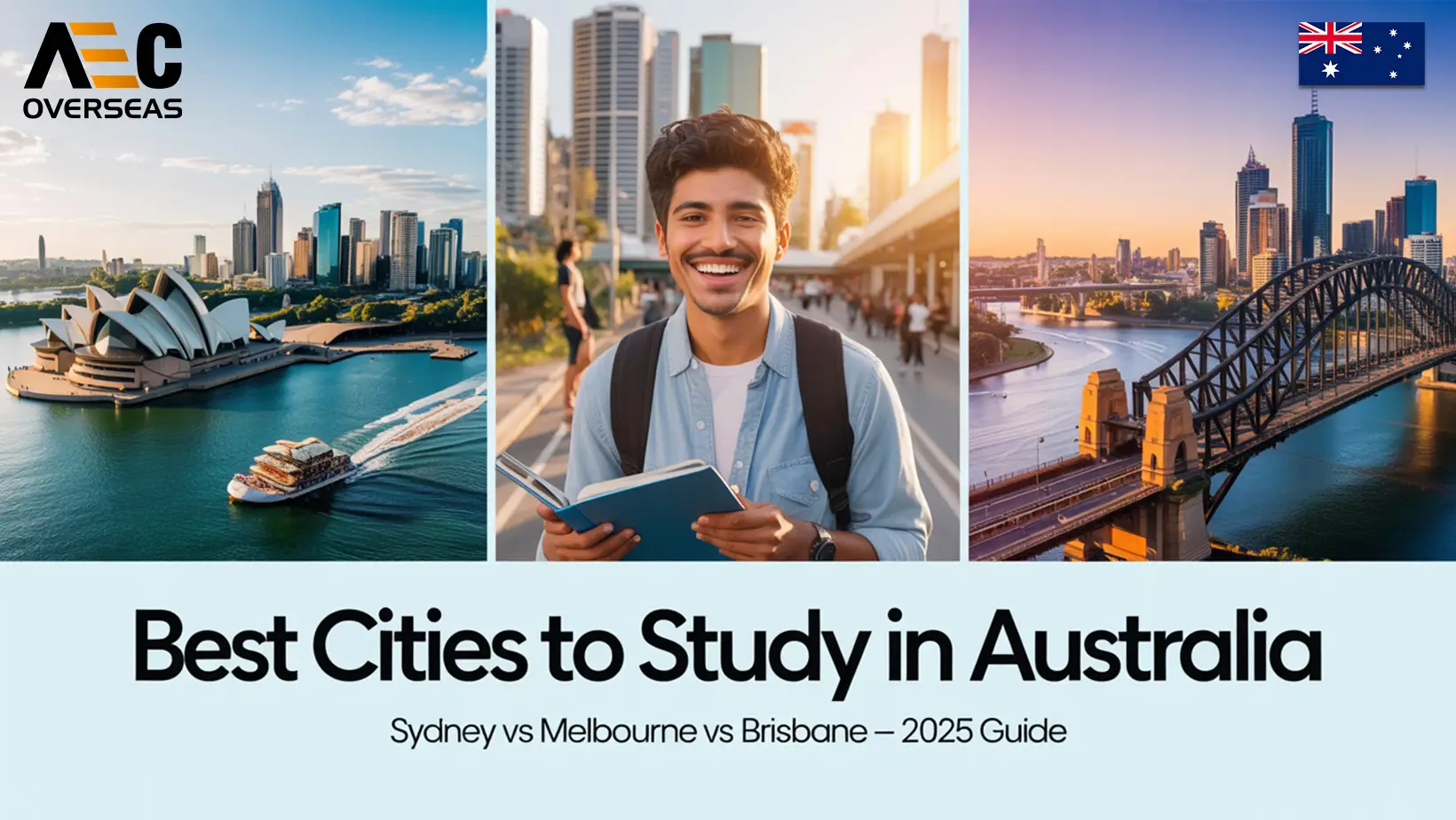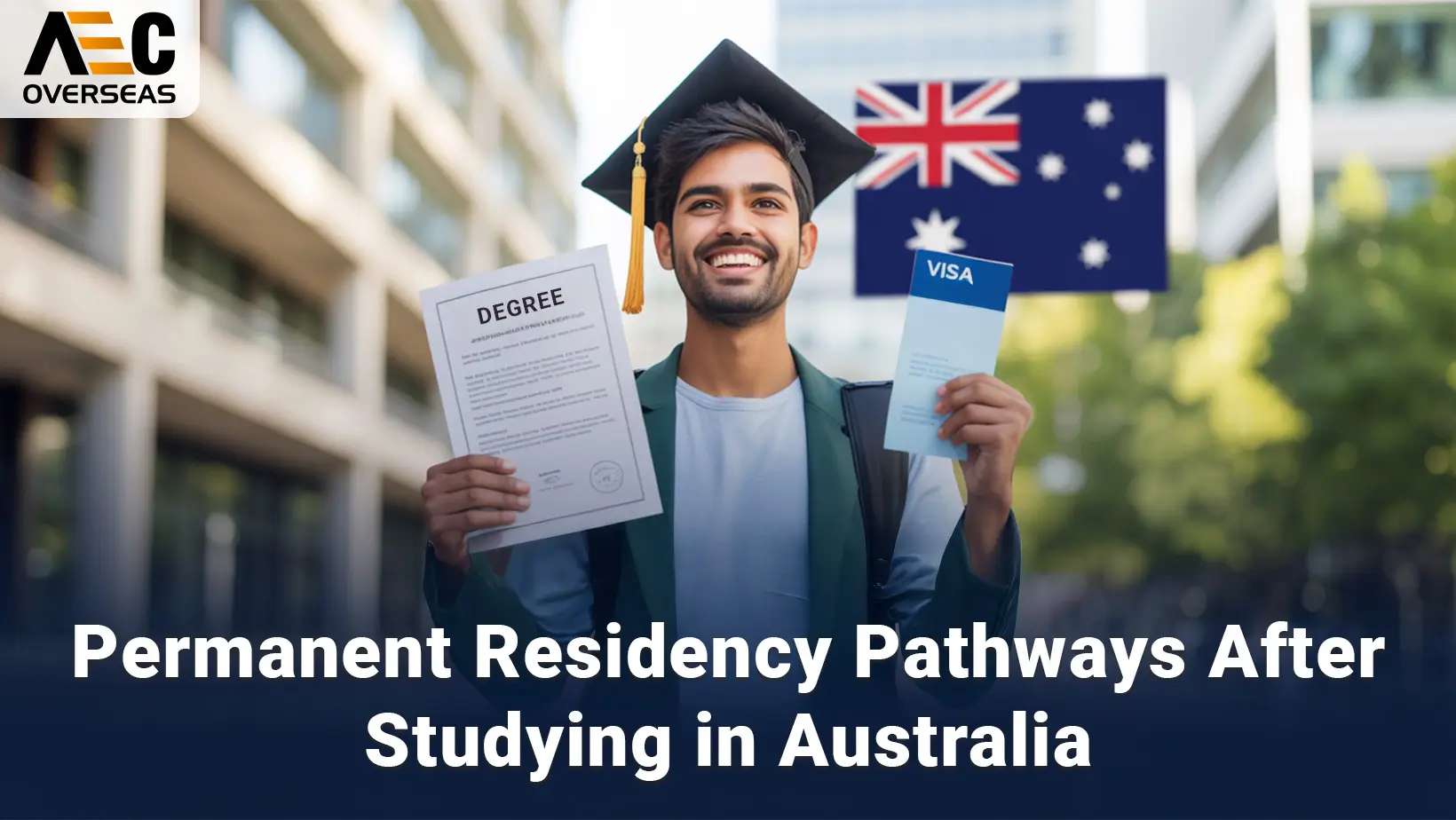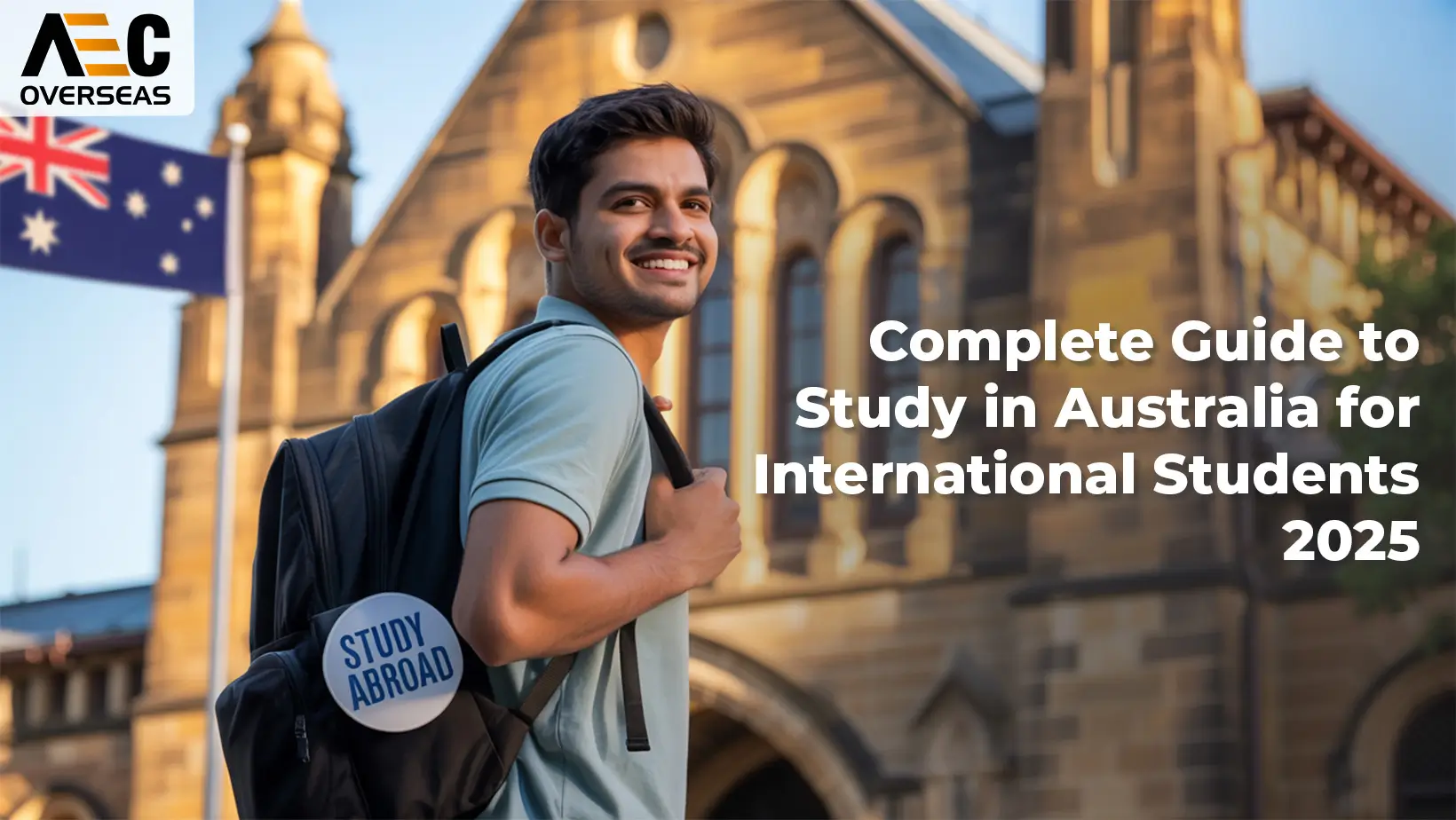If you’re an international student in the U.S. on an F-1 visa, you may be wondering whether you’re allowed to work while pursuing your studies. Understanding the types of employment permitted—and what’s not allowed—is critical to staying compliant with immigration regulations. This article explores when and how international students can work legally while studying in the United States.
If you’re studying in the United States on an F-1 student visa, it’s natural to consider part-time work for financial support, professional experience, or both. But before you start filling out job applications, it’s essential to understand the legal restrictions and opportunities tied to your visa status. The U.S. immigration system is strict about the kinds of work F-1 visa holders can do, and working without authorization can have serious consequences, including termination of your visa.
Get Free Counseling on WhatsApp
Start ChatIn this blog, we’ll cover the types of work allowed on an F-1 visa, the rules governing each category, and how to stay compliant while gaining experience during your time in the U.S.
Understanding the F-1 Visa
The F-1 visa is the most common type of student visa for international students in the U.S. It allows individuals to study at an accredited academic institution or language training program. However, it comes with clear limitations on employment. Any type of work must be approved and must not interfere with your studies.
Ready To Study Abroad?
Speak to an Expert – 100% Free
Types of Employment Allowed on an F-1 Visa
There are four main types of employment permitted for F-1 visa holders:
- On-Campus Employment
- Curricular Practical Training (CPT)
- Optional Practical Training (OPT)
- Severe Economic Hardship Employment
Let’s take a closer look at each category.
1. On-Campus Employment
What it is:
On-campus employment refers to work that takes place at your school or an affiliated location, such as a university-owned bookstore, dining hall, or research lab.
Eligibility:
You can begin on-campus work as soon as you start your program, but you must be in valid F-1 status. No special authorization from U.S. Citizenship and Immigration Services (USCIS) is required, but you should inform your Designated School Official (DSO).
Hours:
- Up to 20 hours per week during academic sessions
- Full-time (more than 20 hours) during breaks and holidays
Examples:
- Library assistant
- Campus bookstore cashier
- Dining services staff
- Research or teaching assistant
2. Curricular Practical Training (CPT)
What it is:
CPT allows students to gain practical experience related to their major through internships or cooperative education programs.
Eligibility:
- Must have completed at least one academic year (unless you’re a graduate student whose program requires immediate training)
- Job must be an integral part of your curriculum
- Must have DSO authorization on your Form I-20
Types of CPT:
- Part-time CPT: 20 hours or less per week during the school term
- Full-time CPT: More than 20 hours; usually allowed during breaks
Important Note:
Using 12 months or more of full-time CPT eliminates your eligibility for OPT.
3. Optional Practical Training (OPT)
What it is:
OPT is temporary employment related to your field of study. It can be used before (pre-completion) or after (post-completion) you finish your degree.
Eligibility:
- Must have completed at least one full academic year
- Requires filing Form I-765 with USCIS and receiving an Employment Authorization Document (EAD)
Duration:
- 12 months of OPT per degree level
- STEM majors may be eligible for a 24-month extension (STEM OPT)
Timeline Considerations:
- You can apply up to 90 days before graduation
- OPT must be completed within 14 months of completing your degree
4. Employment Due to Severe Economic Hardship
What it is:
If you face unexpected financial hardship due to circumstances beyond your control (e.g., loss of sponsorship, currency devaluation, medical bills), you may apply for off-campus work authorization.
Eligibility:
- Must have completed at least one academic year
- Must prove the hardship and demonstrate inability to find on-campus work
- Requires USCIS approval via Form I-765 and EAD
Hours:
- Limited to 20 hours per week during school
- Full-time during breaks
Examples of Eligible Situations:
- Natural disaster in home country
- Drastic currency devaluation
- Unexpected loss of financial support
What You Cannot Do on an F-1 Visa
F-1 students must be cautious not to violate visa rules. The following types of employment are generally not allowed:
- Freelance or gig work (e.g., Uber, DoorDash, freelance writing online)
- Off-campus jobs that are not part of CPT, OPT, or approved hardship work
- Jobs that are not directly related to your field of study (for CPT/OPT)
Engaging in unauthorized employment can result in termination of your SEVIS record, loss of F-1 status, and even a bar from re-entering the U.S.
Social Security Number (SSN) for F-1 Students
To work in the U.S., you’ll need a Social Security Number (SSN). Here’s how to get one:
- Get an employment offer letter from your employer.
- Obtain a letter from your DSO verifying your job.
- Apply at a local Social Security Administration office with your passport, I-20, and I-94.
Tips for Staying Compliant
- Always speak with your DSO before accepting any job.
- Keep track of hours and work limits to avoid violations.
- Submit applications (e.g., for OPT/CPT) early to avoid delays.
- Understand tax obligations—F-1 students often have limited tax liability, but you may still need to file forms annually.
Alternatives to Working
If employment is not an option, here are some alternatives for financial support:
- Scholarships and fellowships
- Graduate assistantships
- Sponsorships from home-country governments or institutions
Final Thoughts
While working as an F-1 international student in the U.S. is possible, it requires careful adherence to visa rules and immigration law. Your primary goal must always be your academic program. As long as you follow the appropriate procedures and remain in status, you can gain valuable work experience that enhances your education—and your future career.
Always consult your DSO before making any employment-related decisions. It’s better to be safe than sorry when your visa status is on the line





